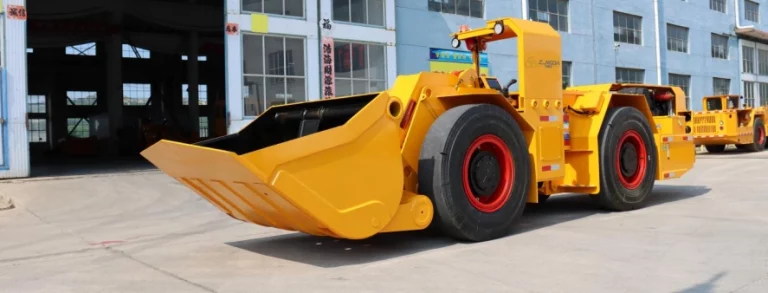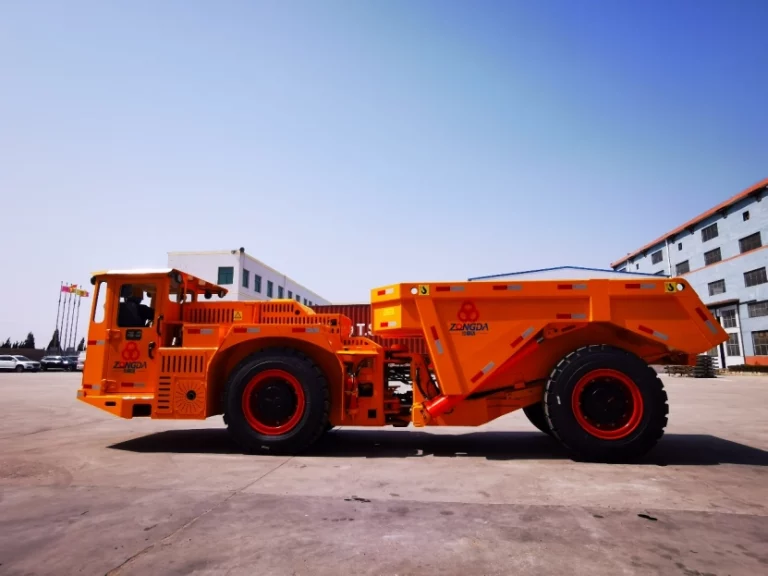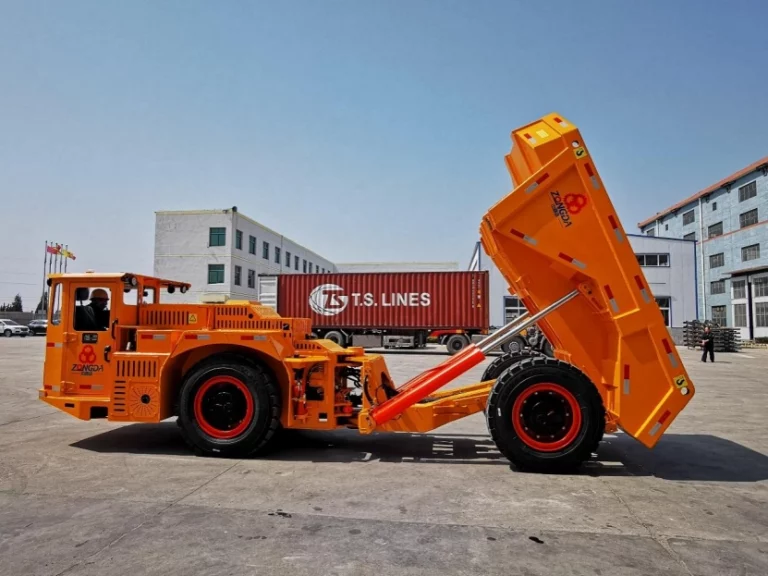Introduction to the Metal Mining Process
Metal mining is a complicated and thorough task that involves pulling valuable metals from the earth. This activity is essential to numerous sectors, providing critical materials for building, manufacturing, and tech industries. Understanding the metal mining process lets us appreciate how basic resources turn into practical products. The metal mining process consists of several vital stages, each necessary for efficient and earth-friendly metal collection.
Core Steps in the Metal Mining Process
Exploration: Locating Metal-Rich Deposits
The first stage in the metal mining process is exploration, which centers on finding spots with potential metal-rich deposits. Geologists apply tools like geological charting, geophysical research, and geochemical checks to identify hopeful areas. The goal is to spot deposits that make financial sense to mine. Exploration in mining is a precise task needing expertise and care to ensure only top sites advance.
Site Development: Getting Ready for Extraction
After locating a deposit, site setup begins. This phase prepares the location for mining activities. It involves constructing entry roads, putting up structures, and following environmental guidelines. Good site setup is crucial to reduce ecological damage and maintain safe conditions during the metal mining process steps.
Extraction: Taking Ore from the Ground
Extraction is a vital step in the metal mining process where ore gets pulled from the earth. Two main ways exist: surface mining and underground mining. Surface mining, often called open-pit mining, strips away big layers of overburden to uncover ore below. This method fits deposits near the surface. Meanwhile, underground mining builds tunnels or shafts to reach deeper deposits. Each technique has its strengths and struggles, depending on where the ore sits and what type it is. Miners rely on tools like excavators, haul trucks, and blast-hole drills to get the job done.
Processing: Isolating Metals from Ore
Once extracted, processing kicks off to separate metals from ore. This stage starts by breaking and crushing the ore into tiny pieces. Next, techniques like flotation, magnetic separation, or leaching pull out the metals using chemical or physical means. Processing makes sure valuable metals are gathered effectively while cutting down on waste.
Refining: Cleaning Metals for Market Use
Refining follows and works on purifying metals for commercial purposes. This step clears out impurities and improves metal quality with methods like smelting or electrolysis. Refining is essential to make sure metals match industry demands for various uses.
Reclamation: Fixing Mining Sites After Operations
Reclamation is a key final step in the metal mining process steps. It aims to repair mined areas once work ends. This includes planting new greenery, dealing with waste materials, and keeping the ecosystem stable. Reclamation efforts play a big role in lowering environmental harm and encouraging sustainable mining practices.
Innovations Transforming the Metal Mining Process
Automation and AI in Modern Mining Operations
Fresh technology has reshaped modern mining with automation and artificial intelligence (AI). These upgrades boost efficiency, safety, and precision across different parts of the metal mining process. Automated tools cut down human effort in dangerous zones. At the same time, AI-driven data reviews improve exploration and extraction jobs.
Sustainable Practices Cutting Environmental Impact
Sustainability has grown into a top priority in the metal mining field as companies aim to lessen their ecological mark. New approaches involve tapping renewable energy, using water recycling setups, and bringing in green tech during site setup and reclamation. These moves line up with worldwide aims for careful resource handling.
In conclusion, knowing each part of the metal mining process reveals how raw materials become crucial pieces used across global industries. It also points out the hurdles miners face today and the clever fixes steering the future of this important area. [QINGDAO ZONGDA MACHINERY CO., LTD underground mining equipments]
Key Challenges in the Metal Mining Process
Balancing Efficiency with Environmental Care
The metal mining process meets a tough challenge in juggling efficiency with ecological concern. The industry needs to strike a balance between pulling out maximum resources and reducing nature’s harm. This calls for sustainable ways that lower emissions, handle waste smartly, and shield the environment. Firms are turning more to fresh ideas like renewable energy and water recycling setups to find this balance. These efforts not only match global eco-standards but also lift the industry’s reputation and future prospects.
Handling Regulations and Community Opinions
Another big challenge in the metal mining process is dealing with rules and local views. Mining tasks face tight regulations to guard the environment and people’s health. Sticking to these rules is a must to dodge legal trouble and hold onto operating permits. Also, mining companies need to link up with nearby communities to tackle worries about land use, work opportunities, and social impacts. Forming strong bonds with stakeholders through honest chats and community participation is vital for project wins and building trust.
The Role of Tailored Equipment in Improving Mining Processes
Tailored equipment has a huge part in smoothing out the metal mining process by raising efficiency and safety. Tools made for specific mining setups can sharply boost extraction rates and trim costs. For instance, custom drilling rigs or haul trucks designed for rough landscapes can lift resource recovery and shorten delays. Plus, progress in automation and AI has led to smart gear that tackles tricky tasks with accuracy, reducing human work in risky spots.
FAQs About the Metal Mining Process
What are the main ways to extract metals from the earth?
The top methods for pulling metals from the ground are surface mining and underground mining. Surface mining clears wide strips of overburden to show ore beneath, perfect for near-surface deposits. Underground mining, though, uses tunnels or shafts to reach deeper deposits.
How does processing split metals from ore?
Processing begins by smashing and grinding ore into small bits. Then, it uses chemical or physical tricks like flotation, magnetic separation, or leaching to draw out metals.
What new ideas are changing modern mining operations?
Tech leaps like automation and artificial intelligence (AI) are reworking modern mining. They lift efficiency, safety, and accuracy through the metal mining process stages.
How do companies keep environmental care in mining?
Companies push environmental care with sustainable ways. These cover renewable energy sources, water recycling setups, and green tech during site setup and reclamation phases.
Why does reclamation matter in the metal mining process?
Reclamation counts because it fixes mined sites after work ends. It involves planting greenery, managing waste, and keeping ecological balance, so it cuts environmental harm.
Understanding these elements of the metal mining process gives useful insight into how raw materials turn into key items used worldwide across industries. It also highlights the obstacles miners deal with now and the smart answers pushing growth in this critical field. QINGDAO ZONGDA MACHINERY CO., LTD underground mining equipments





